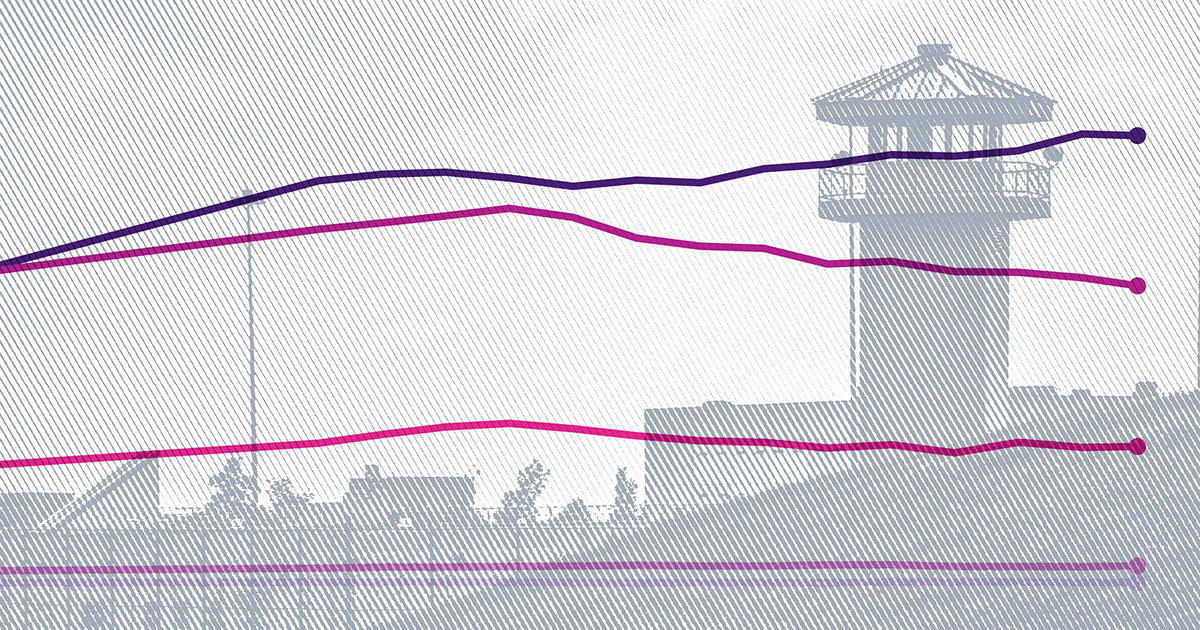Crime
What are prison work programs and how common are they?

Jail populations dropped by 25% from 2019 to 2020, according to data from the Bureau of Justice Statistics (BJS). Most of the reduction came at the start of the pandemic, between March and June. A BJS report on COVID-19 in jails cited a drop in arrests during the early months of the pandemic and an increase in expedited releases to prevent crowding as causes for the drop.
Jails are different from prisons in some key ways. Generally, jails are for people awaiting trial or convicted and given a sentence of less than a year. Jails can also hold people for federal law enforcement agencies. Seventy percent of people in local jails are awaiting trials. About 20% of the jail population is held for federal and tribal authorities. Otherwise, convicted persons serve their sentences in prison.
The first reason BJS gives for the 2020 decrease is expedited release policies. These policies began in March to reduce the spread of COVID-19 within jails. From March to June 2020, about 208,500 people in jail received expedited release, about 28% of the jail population. The bulk of that decrease came in March and April, as pandemic closures began in many states. Expedited release reduced jail crowding, with occupied bed spaces falling 21% by June.
Many of the releases were those held on misdemeanor charges. These inmates were more likely to be released than inmates held for felonies. The juvenile jail population also decreased at a higher rate compared with adults. Juvenile inmates make up less than 1% of the total jail population.
The second reason for the decrease is fewer jail admissions in early 2020. Arrests fell 25% between 2019 and 2020, according to data from the FBI’s Uniform Crime Report. The decrease in arrests came as many states went into lockdown, with restrictions on businesses and more people working from home.
As jail populations decreased, the number of people under jail supervision outside of facilities increased by 4%. BJS cites this supervision as another way jails reduced crowding during the pandemic. The data includes those on house arrest, electronic monitoring devices, and community service programs, but does not include those on probation and parolees.
Among the 50 counties with the largest overall populations, Denver County, Colorado, had the largest reduction in its jail population. The county cut the jail population by more than half in 2020. The 10 counties with the largest decreases in jail population are a diverse group in terms of geography, demographics, and politics.
For more on incarceration in the US, see USAFacts' Crime & Justice data and get the data directly in your inbox by signing up for our newsletter.
Newsletter
Keep up with the latest data and most popular content.